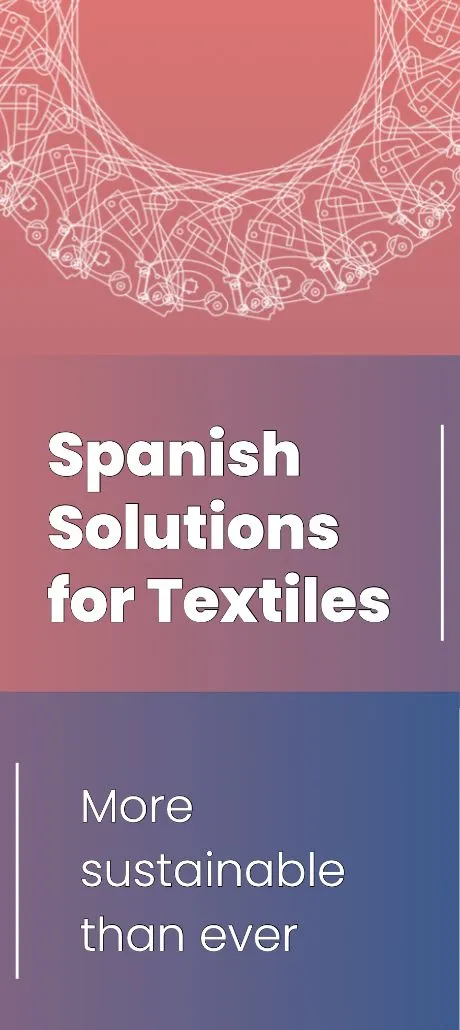The textile industry has long been a cornerstone of economic development in many low-cost labor countries, providing employment and fostering industrial growth. However, the advent of automation technologies—such as robotics, artificial intelligence, and advanced manufacturing systems—has introduced new dynamics that could significantly impact these economies. This article examines the potential threats and opportunities that automation presents to low-cost textile manufacturing countries, supported by real statistics and data from credible sources.
The Rise of Automation in Textile Manufacturing
Automation in textile manufacturing involves the integration of advanced machinery and technologies to perform tasks traditionally carried out by human workers. This includes automated cutting machines, robotic sewing systems, and AI-driven quality control processes. The primary objectives are to enhance efficiency, reduce labor costs, and improve product quality. For instance, automated cutting machines can increase production speed by up to 30%, while robotic sewing systems can operate continuously, reducing labor costs by approximately 20%.
Potential Threats to Low-Cost Labor Markets
For countries that have built their economies on low-cost textile manufacturing, automation could pose several challenges:
1. Job Displacement and Unemployment: The introduction of automated systems can lead to significant job losses. In Vietnam, for example, the garment sector employs approximately 2.5 million workers, many of whom are involved in tasks susceptible to automation. Studies suggest that automation could displace a substantial portion of this workforce, leading to increased unemployment rates.
2. Reduced Competitive Advantage: Historically, low labor costs have been a competitive advantage for countries like Bangladesh and Cambodia. However, as automation reduces the reliance on human labor, the cost differential between these countries and developed nations diminishes. This shift could erode the competitive edge of low-cost manufacturing countries in the global textile market.
3. Investment Shifts and Reshoring: The adoption of automation technologies in developed countries can lead to reshoring, where companies move manufacturing operations back to their home countries. A study by the World Bank indicates that the increased use of robots in developed nations has been associated with a reduction in offshoring to developing countries, potentially impacting employment in the textile sectors of these nations.
Opportunities for Low-Cost Manufacturing Countries
Despite the challenges, automation also presents several opportunities for low-cost textile manufacturing countries:
1. Enhanced Productivity and Efficiency: Automation can lead to significant gains in productivity. For instance, the implementation of automated cutting machines can increase production speed by up to 30%, while robotic sewing systems can operate continuously, reducing labor costs by approximately 20%. These improvements can make manufacturing processes more competitive on a global scale.
2. Creation of Skilled Jobs: While automation may displace certain low-skilled jobs, it also creates opportunities for higher-skilled positions. The demand for workers trained in operating and maintaining advanced machinery is expected to rise. In Indonesia, for example, the adoption of industrial robots has been linked to an increase in manufacturing employment at the local level, suggesting that automation can lead to job creation in certain contexts.
3. Attracting Foreign Investment: Countries that embrace automation technologies can attract foreign investment from companies seeking to establish efficient manufacturing operations. This influx of investment can lead to economic growth, infrastructure development, and the creation of high-value jobs.
4. Improved Product Quality and Sustainability: Automated systems can enhance product quality and consistency, which is increasingly important in the global market. Additionally, automation can contribute to sustainability efforts by reducing waste and energy consumption, aligning with the growing demand for eco-friendly products.
Conclusion
Automation in textile manufacturing presents both challenges and opportunities for low-cost labor countries. While there are concerns about job displacement and reduced competitive advantage, automation also offers pathways to increased productivity, job creation in skilled sectors, and enhanced global competitiveness. By strategically adopting automation technologies and investing in workforce development, low-cost manufacturing countries can navigate the evolving landscape of the textile industry and secure a sustainable economic future.
| Aspect | Pros | Cons |
| Increased Productivity | Higher production output with fewer resources | Initial setup costs for automation technology |
| Reduced Labor Costs | Lower labor costs through automation | Potential job losses in low-skilled roles |
| Job Creation in Skilled Roles | New roles in technology and machine maintenance | Requires specialized training, which may not be available locally |
| Improved Quality Control | More consistent and precise quality of products | Reliance on the proper functioning of machines |
| Energy Efficiency | Machines can be optimized for energy savings | Upfront capital investment in energy- efficient systems |
| Reduced Waste | Automation reduces material waste through precision | Increased dependence on technology could lead to disruptions |
| Faster Time-to- Market | Automated processes reduce production time | Potential for over-reliance on automation, reducing flexibility |
References:
• International Labour Organization (ILO). (2021). The effects of automation in the apparel and footwear industries and their impact on employment.
• World Bank. (2020). Automation and Manufacturing Performance in a Developing Country.
• International Labour Organization (ILO). (2017). Automation and its impact on employment in the garment sector of Vietnam.
• World Bank. (2021). How would Automation Impact Employment in the Manufacturing Sector?
• World Bank. (2020). The impact of automation on labour market outcomes in emerging economies.






























